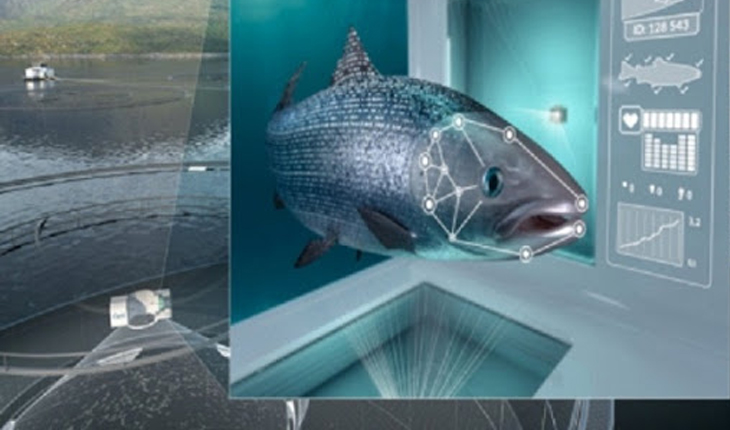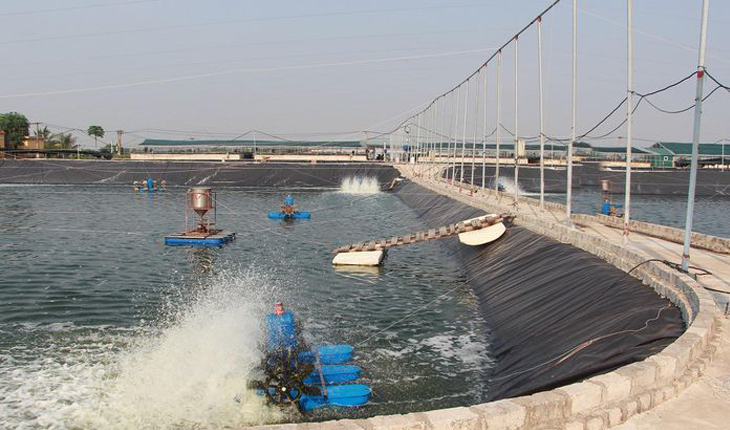Profitable giant softshell turtle farming in glass tanks
With only around 3,000 square meters dedicated to farming giant softshell turtles, Dang Long Ho earns nearly VND 2 billion annually.
After a decade of working with softshell turtles, farmer Dang Long Ho (30 years old, from Phong Thanh Tay B commune, Phuoc Long district, Bac Lieu province) has built one of the largest and most advanced turtle farms in the Mekong Delta, spanning over 3,000 square meters and housing 8,000 to 10,000 turtles. In 2014, after struggling with crocodile farming, Ho discovered that softshell turtles were easier to raise and provided higher economic returns. Seeing the potential, he shifted entirely to turtle farming, importing breeding stock from Thailand to grow his operation. Today, his farm maintains a population of over 5,000 breeding and replacement turtles.
Each year, Ho imports breeding stock from Thailand for both breeding and commercial farming. While Thai turtles are not as valuable as their Vietnamese counterparts, they grow faster and are more abundant, achieving an 85% success rate. “With my experience raising crocodiles and the existing infrastructure, I transitioned to softshell turtle farming and saw success. In addition to purchasing local stock, I continuously import breeding turtles from Thailand to expand my farm and sell stock to local farmers,” Ho explained.
After succeeding with cement pond farming, Ho began researching the use of glass tanks for fattening turtles for commercial sale. Before placing the turtles in the tanks, he prepares the tanks by soaking banana plants for 2-4 weeks. The tanks are then cleaned, filled with water, and adjusted to a pH of around 7 before introducing the turtles. His farm now includes 50 cement ponds and about 1,000 glass tanks, each holding one turtle for fattening. The glass tanks are equipped with systems for water changes, cleaning, and food distribution. “Breeding turtles are kept in cement ponds, while turtles raised for sale are fattened in glass tanks. In the cement ponds, we house around three females and one male per 2-4 square meters. Once a turtle reaches about 1 kilogram, we transfer it to a glass tank for fattening,” Ho said. In the glass tanks, turtles are fed a commercial diet with 40% protein. After about a year, the turtles reach 7-8 kilograms and are ready for sale. Raising turtles in glass tanks allows for easier care, reduces losses, and produces higher quality meat compared to cement ponds.
Ho has also developed an automatic water-changing and feeding system for the tanks, saving time and improving efficiency. Softshell turtles reach breeding maturity in about 3.5 years, laying 8-12 eggs per clutch, three times a year.
Success in turtle farming starts with selecting the right breeding stock. Turtles must be free of deformities and not overweight. Breeding stock and commercial turtles require different care methods. Each year, Ho sells 30,000-40,000 juvenile turtles at VND 350,000 each, while meat turtles sell for VND 400,000-460,000 per kilogram. His farm generates nearly VND 2 billion in profit annually. Ho’s operation has also completed the necessary paperwork to export both meat and breeding turtles, with his first shipment headed to Japan.
In addition to farming turtles, Ho buys turtles from local farmers to ensure stable market access for them and offers technical guidance to young entrepreneurs interested in starting their own turtle farms. He also raises civet cats and currently has over 100 breeding civets ready for sale.
VFM






